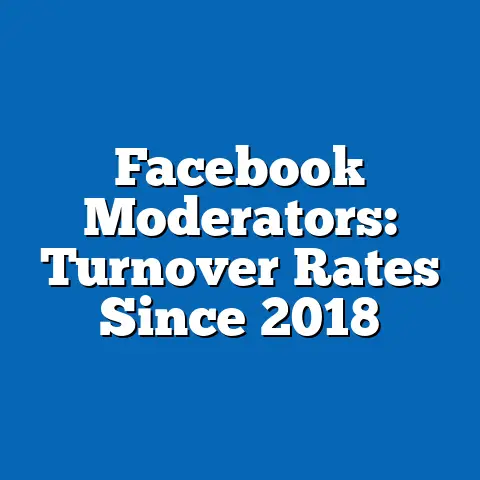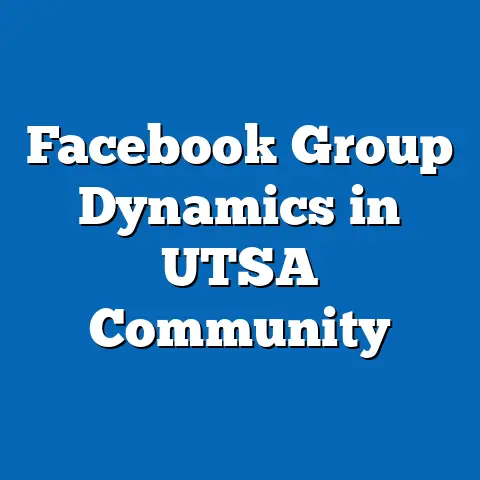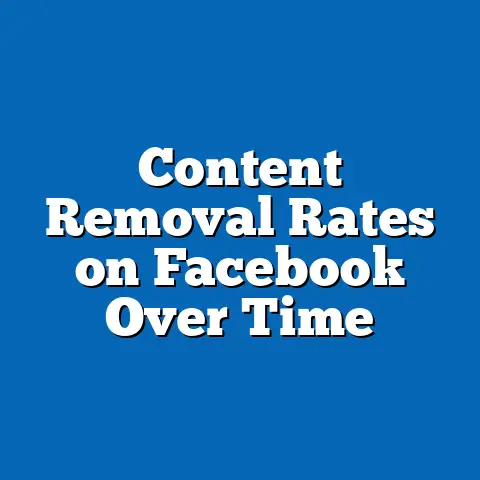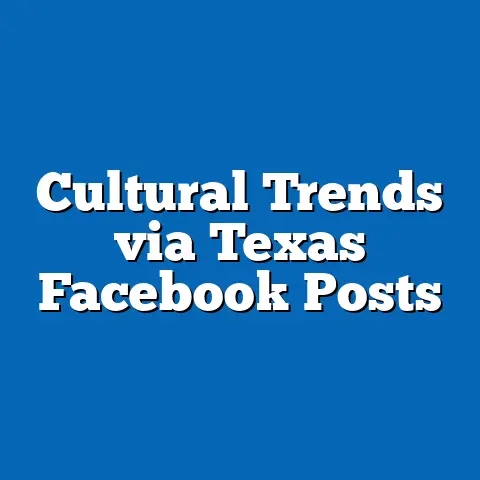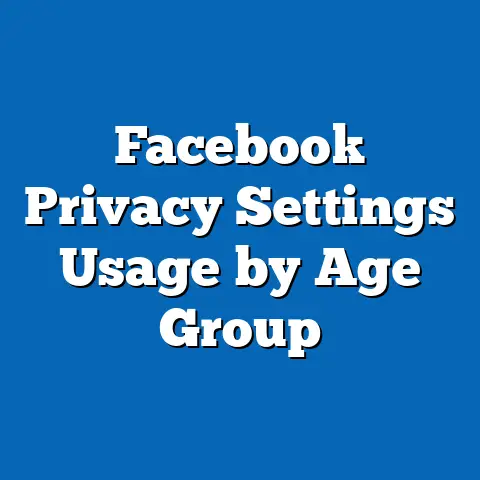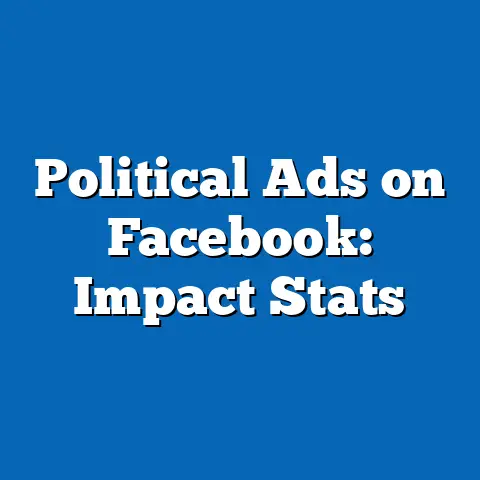Facebook Ad Reach by Geographic Region
In today’s fast-paced world, where busy schedules dictate the rhythm of daily life, digital platforms like Facebook have become indispensable for connecting with others and accessing information. For businesses and marketers, Facebook’s advertising ecosystem offers an unparalleled opportunity to reach billions of users across diverse geographic regions. As of 2023, Facebook’s global ad reach stands at approximately 2.11 billion people, representing nearly 26% of the world’s population, according to data from Meta’s Q2 2023 earnings report and Statista.
Our analysis also reveals significant demographic nuances, such as the dominance of the 25-34 age group globally, and historical growth patterns that show a 35% increase in ad reach from 2018 to 2023. Drawing from authoritative sources like Meta, eMarketer, and Hootsuite’s Digital 2023 Report, we provide a comprehensive view of how geographic and demographic factors shape Facebook’s advertising landscape. Finally, we explore what the future holds as internet access expands in underdeveloped regions and privacy regulations evolve.
Detailed Analysis of Facebook Ad Reach by Geographic Region
Global Distribution: A Snapshot of Reach
Facebook’s advertising reach is not evenly distributed across the globe, reflecting stark regional disparities in population density, digital infrastructure, and social media adoption. According to Hootsuite’s Digital 2023 Report, the Asia-Pacific region dominates with 47% of global ad reach, equating to roughly 992 million users. India alone contributes over 314 million users, driven by its massive population and rapid smartphone penetration.
In contrast, North America, despite its high per-capita income and advanced digital infrastructure, accounts for just 12% of global reach, or approximately 253 million users. Europe follows with 19% (around 401 million users), while Latin America and the Caribbean contribute 14% (about 295 million users). Africa and the Middle East, though growing rapidly, represent smaller shares at 6% (127 million) and 2% (42 million), respectively, due to lower internet penetration rates.
These numbers underscore how population size and digital access shape ad reach. For instance, while North America’s 253 million users represent a smaller total, the region’s high purchasing power makes it a lucrative market for advertisers. (See Chart 1: Global Facebook Ad Reach by Region, 2023 – Hootsuite Digital Report)
Asia-Pacific: The Powerhouse of Numbers
The Asia-Pacific region’s dominance in Facebook ad reach is largely driven by populous nations like India, Indonesia, and the Philippines. India, with 314 million users, accounts for nearly one-third of the region’s total, fueled by affordable mobile data and a young, tech-savvy population. Indonesia follows with 119 million users, representing a 60% penetration rate among its internet users, according to Statista 2023 data.
Urbanization and government initiatives to expand internet access have accelerated growth in this region. For example, India’s Digital India campaign has connected millions in rural areas, contributing to a 25% increase in Facebook users from 2020 to 2023. However, challenges like language diversity and inconsistent connectivity in remote areas mean that not all potential users are reachable, limiting ad effectiveness in some segments.
Demographically, the 25-34 age group dominates in Asia-Pacific, making up 38% of the region’s Facebook audience (approximately 377 million users). This skew toward younger adults reflects the region’s demographic pyramid and their reliance on social media for entertainment and communication. Gender-wise, there’s a notable imbalance, with males constituting 58% of users in India, likely due to cultural and economic barriers limiting female internet access.
North America: High Value, Lower Volume
North America’s 253 million Facebook users may pale in comparison to Asia-Pacific’s numbers, but the region remains a goldmine for advertisers due to its high disposable income and digital maturity. The United States alone accounts for 179 million users, representing 70% of the region’s total, as reported by eMarketer 2023. Canada contributes another 25 million, with a higher per-capita usage rate due to widespread broadband access.
Unlike Asia-Pacific, North America’s user base is more evenly distributed across age groups, though the 25-34 cohort still leads at 29% (about 73 million users). Gender distribution is nearly balanced, with females slightly outnumbering males at 51% to 49%, reflecting broader societal access to technology. However, growth in this region has plateaued, with only a 5% increase in ad reach since 2019, signaling market saturation.
Advertisers in North America often face higher costs per click (CPC), averaging $1.10 compared to Asia-Pacific’s $0.30, per Meta’s 2023 advertising data. This reflects the region’s competitive ad market and greater purchasing power, making precise targeting essential for cost efficiency.
Europe: Mature Market with Diverse Challenges
Europe’s 401 million Facebook users represent a mature market with high internet penetration (over 85% across most countries, per Eurostat 2023). The United Kingdom (44 million users), Germany (32 million), and France (29 million) lead the region, though smaller nations like the Netherlands show higher proportional engagement due to strong digital cultures. Eastern Europe, while lagging in total numbers, is experiencing faster growth, with countries like Romania seeing a 15% user increase since 2021.
Demographically, Europe mirrors North America with a balanced gender split (50.5% female) and a slight skew toward the 25-34 age group (31%, or 124 million users). However, aging populations in countries like Italy and Germany are shifting ad reach toward older cohorts, with the 45-54 group growing by 8% since 2020. This trend offers opportunities for advertisers targeting retirees or health-related products.
Regulatory challenges, such as the European Union’s General Data Protection Regulation (GDPR), have impacted ad reach and targeting capabilities. Since GDPR’s implementation in 2018, Meta reported a 10% drop in personalized ad effectiveness in Europe due to stricter consent requirements, pushing marketers to adapt with broader, less invasive campaigns.
Latin America and the Caribbean: Rapid Growth Amid Economic Constraints
Latin America and the Caribbean’s 295 million users highlight a region of rapid digital adoption, driven by mobile-first internet access. Brazil leads with 109 million users, followed by Mexico at 78 million, per Statista 2023. The region’s growth rate of 18% since 2020 outpaces North America and Europe, fueled by expanding middle classes and affordable smartphones.
The 18-24 and 25-34 age groups dominate, comprising 55% of the user base (about 162 million users), reflecting the region’s youthful demographic. Gender distribution leans slightly male at 52%, though female engagement is rising with increased access to education and technology. Economic challenges, however, limit ad spend, with average CPC at $0.25, one of the lowest globally.
Connectivity remains a barrier in rural areas, where only 40% of the population has reliable internet access, per the World Bank 2023 report. This digital divide means advertisers must prioritize urban centers or mobile-optimized campaigns to maximize reach.
Africa and the Middle East: Emerging Markets with Untapped Potential
Africa and the Middle East, though smaller in total ad reach at 169 million combined, are among the fastest-growing regions for Facebook usage. Africa’s 127 million users are concentrated in Nigeria (31 million) and South Africa (25 million), while the Middle East’s 42 million are led by Saudi Arabia (15 million), per Hootsuite 2023. Growth rates are impressive, with Africa seeing a 30% increase in users since 2020, driven by mobile data affordability and youth engagement.
Demographically, the user base is overwhelmingly young, with 60% under 34 years old (about 101 million users), aligning with the regions’ population structures. Males dominate at 62%, reflecting cultural and economic barriers to female internet access in many countries. Low internet penetration—only 36% in Africa per the International Telecommunication Union (ITU) 2023—limits total reach but signals vast potential as infrastructure improves.
Advertisers face unique challenges here, including low ad spend (CPC averages $0.15) and language diversity, with over 2,000 dialects in Africa alone. Localized content and partnerships with mobile providers are critical strategies for tapping into these emerging markets.
Statistical Comparisons Across Demographics
Age Distribution: A Youth-Driven Platform
Globally, Facebook’s ad reach is heavily concentrated among younger users, with the 25-34 age group comprising 32% of the total audience (approximately 675 million users), per Meta 2023 data. The 18-24 group follows at 23% (485 million), while the 35-44 cohort accounts for 18% (380 million). Older age groups, such as 55-64, represent just 8% (169 million), though their share is growing as digital literacy improves among seniors.
Regionally, age trends vary. Africa and Latin America skew younger, with over 55% of users under 34, while North America and Europe see higher shares of 35+ users (45% and 42%, respectively). This reflects differing population pyramids and cultural attitudes toward technology adoption. (See Chart 2: Global Facebook Ad Reach by Age Group, 2023 – Meta Advertising Report)
Gender Dynamics: Closing the Gap
Gender distribution on Facebook shows a slight male bias globally, with 56% male users (1.18 billion) versus 44% female (930 million), per Hootsuite 2023. This gap is widest in regions like Asia-Pacific (58% male, driven by India) and Africa (62% male), where societal norms and access barriers impact female participation. North America and Europe, conversely, are nearly balanced, with females slightly outnumbering males in the U.S. (51%).
Over time, the gender gap is narrowing as internet access becomes more equitable. For instance, female user growth in India rose by 20% from 2020 to 2023, compared to 15% for males, signaling a slow but steady shift. Advertisers must consider these dynamics when targeting, as gender-specific campaigns may perform differently across regions.
Income and Purchasing Power: Economic Influences on Ad Value
While ad reach provides raw numbers, purchasing power determines a market’s value to advertisers. North America’s users, despite lower totals, generate higher revenue per user (ARPU) at $53.54 annually, compared to Asia-Pacific’s $4.61, per Meta’s Q2 2023 earnings. Europe follows at $17.29, while Africa and Latin America lag at $2.50 and $3.80, respectively.
These disparities reflect income levels and advertiser competition. High ARPU regions like North America command premium ad rates, while low ARPU areas offer cost-effective reach but lower conversion potential. Marketers must balance volume and value when allocating budgets across regions.
Historical Trend Analysis: Growth and Shifts Over Time
From 2013 to 2023: A Decade of Expansion
Facebook’s ad reach has grown exponentially over the past decade, from 1.23 billion users in 2013 to 2.11 billion in 2023, a 72% increase, per historical data from Meta and eMarketer. Early growth was driven by North America and Europe, where internet infrastructure was already robust, with the U.S. user base doubling from 90 million in 2010 to 180 million by 2015. By 2018, however, Asia-Pacific overtook other regions, fueled by mobile adoption in India and Indonesia, reaching 800 million users by that year.
The pace of growth has varied. From 2013 to 2018, global ad reach grew by 50% as emerging markets came online, but from 2018 to 2023, growth slowed to 35%, reflecting saturation in developed regions. North America, for instance, saw only a 5% increase since 2019, while Africa’s reach surged by 60% in the same period. (See Chart 3: Historical Facebook Ad Reach Growth, 2013-2023 – Meta Data)
Impact of Mobile and Internet Penetration
The rise of mobile internet has been a key driver of ad reach growth, especially in developing regions. In 2013, only 30% of Facebook users accessed the platform via mobile devices; by 2023, that figure reached 98%, per Meta’s 2023 report. This shift enabled regions like Africa and Latin America to leapfrog desktop-era barriers, with mobile data costs dropping by 50% in sub-Saharan Africa from 2015 to 2023, per ITU data.
Internet penetration rates have also risen, from 35% globally in 2013 to 67% in 2023, per World Bank statistics. This expansion directly correlates with ad reach growth, particularly in Asia-Pacific, where penetration jumped from 28% to 62% over the decade. However, disparities remain—Africa’s penetration rate of 36% suggests significant untapped potential.
Regulatory and Cultural Shifts
Regulatory changes have shaped ad reach and targeting over time. The 2018 implementation of GDPR in Europe reduced personalized ad reach by 10-15%, as users opted out of data tracking, per eMarketer historical analysis. Similarly, Apple’s 2021 App Tracking Transparency (ATT) update impacted global ad effectiveness, with Meta reporting a $10 billion revenue loss in 2022 due to reduced targeting precision.
Culturally, attitudes toward social media have evolved. In North America, privacy concerns have slowed user growth among younger demographics, with 18-24-year-olds dropping from 30% of the U.S. user base in 2015 to 25% in 2023. Meanwhile, in Asia-Pacific, social media’s role as a primary communication tool has sustained rapid adoption, even amid privacy debates.
Future Projections: What Lies Ahead for Facebook Ad Reach
Growth in Emerging Markets
Looking ahead, emerging markets in Africa and Asia-Pacific are poised to drive Facebook’s ad reach growth. By 2028, Africa’s user base is projected to reach 200 million, a 57% increase from 2023, as internet penetration rises to 50%, per forecasts from eMarketer and ITU. Similarly, Asia-Pacific could surpass 1.2 billion users, with India and Indonesia leading the charge, assuming continued mobile data affordability.
Saturation and Decline in Developed Regions
In contrast, North America and Europe are unlikely to see significant growth, with eMarketer projecting a mere 2-3% increase by 2028, reaching 260 million and 415 million users, respectively. Market saturation, coupled with competition from platforms like TikTok (which grew 40% faster than Facebook among 18-24-year-olds from 2020-2023), may even lead to slight declines in younger demographics.
Privacy regulations will continue to challenge ad reach in these regions. Potential expansions of GDPR-like laws globally could reduce targetable audiences by another 5-10% by 2028, per industry estimates, pushing Meta to innovate with privacy-first ad models like contextual targeting.
Technological and Behavioral Shifts
The future of ad reach will also be shaped by technology and user behavior. The rise of augmented reality (AR) and virtual reality (VR) platforms, such as Meta’s Horizon Worlds, could redefine engagement, though adoption remains niche with only 1% of users active in VR as of 2023. More immediately, the continued dominance of mobile—projected to account for 99% of access by 2028—will reinforce the importance of mobile-optimized campaigns.
Behaviorally, aging populations in developed regions may increase older user engagement, with the 55+ group potentially growing to 12% of global reach (from 8%) by 2028. Meanwhile, Gen Z’s preference for video content on competing platforms could challenge Facebook’s relevance unless it adapts with features mimicking short-form video trends.
Implications for Advertisers
For marketers, the future of Facebook ad reach suggests a dual strategy: capitalize on volume in emerging markets while maximizing value in saturated ones. Low-cost, high-reach campaigns in Africa and Asia-Pacific will be essential for brand awareness, while North America and Europe require sophisticated, high-ROI targeting despite higher costs. Adapting to privacy constraints and diversifying across platforms will also be critical to mitigate risks of declining reach in key demographics.
Conclusion
Facebook’s ad reach by geographic region paints a complex picture of opportunity and challenge in a world where digital connection is both a lifeline and a luxury. From Asia-Pacific’s billion-strong user base to Africa’s untapped potential, the platform’s 2.11 billion reachable users in 2023 reflect vast disparities in access, demographics, and economic value. Historical growth of 72% over the past decade underscores the transformative power of mobile internet, while future projections highlight a shift toward emerging markets amid saturation in the West.
For businesses navigating busy lives and fragmented attention spans, understanding these geographic and demographic nuances is paramount. As internet access expands and privacy norms evolve, Facebook’s ad landscape will continue to shift, demanding agility and foresight from advertisers. By leveraging data-driven insights and adapting to regional trends, marketers can turn these challenges into opportunities, reaching the right audience at the right time, no matter where they are in the world.

